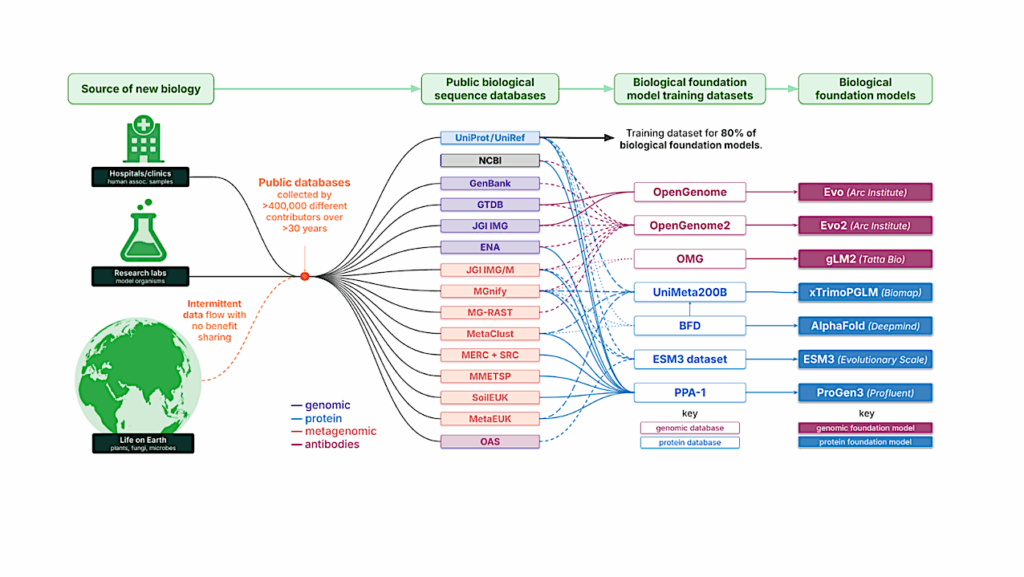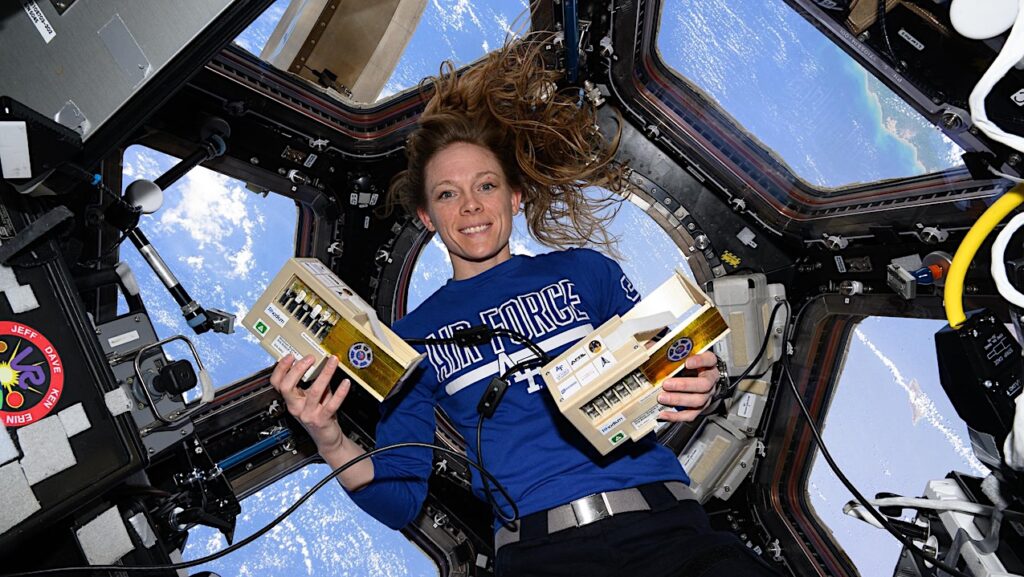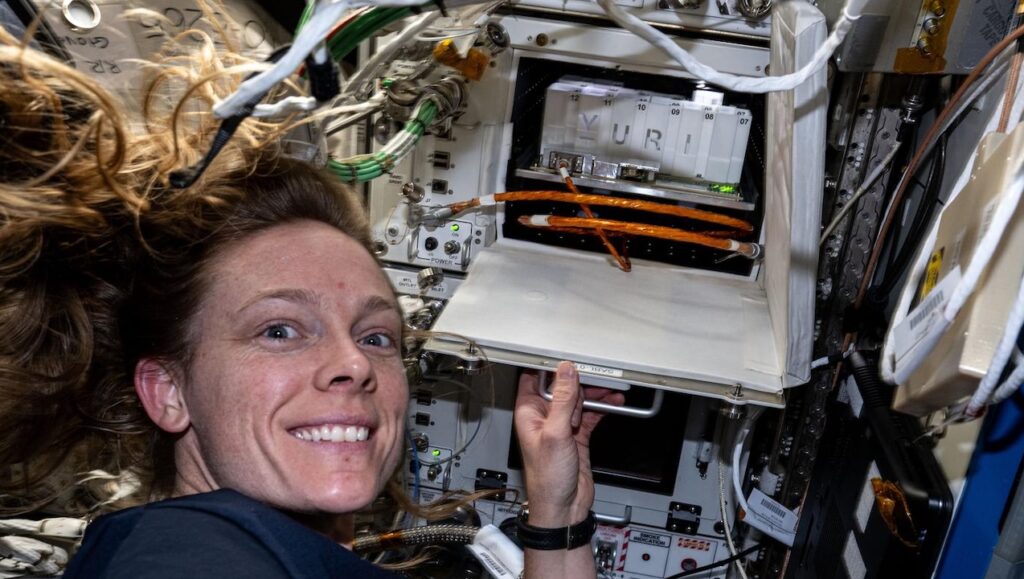ESA AWAY Team Training – CAVES And PANGEA 2025

Larger image — ESA
ESA reserve astronaut Arnaud Prost using the EFB microscope to define the content of mafic mineral of an analogue lunar rock in the Flakstadøya intrusive complex.
Astrobiology, AwayTeam,








